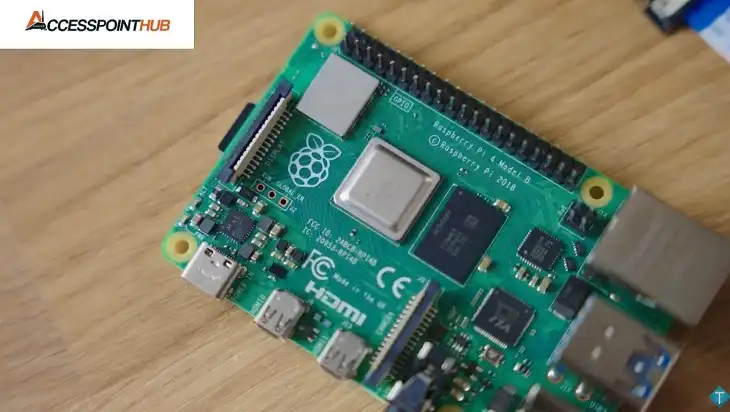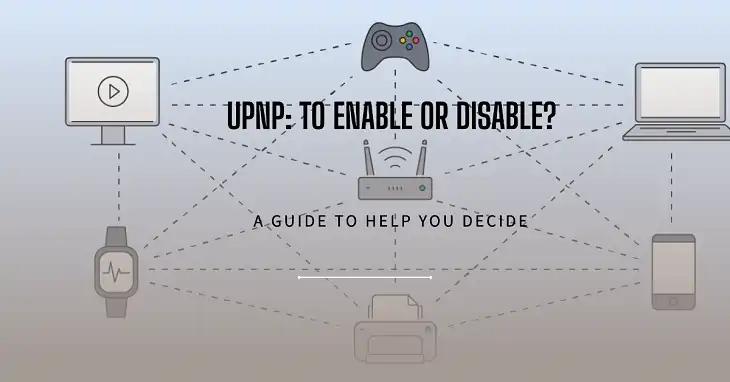How to Port Forward Starlink? Explained
These days, being able to reach your important apps and services from anywhere is a must-have for many of us. With Starlink’s new satellite internet reaching more places, the way you set things up might be a little different than what you’re used to. But no worries, this guide will help you get everything configured so you can securely access what you need, no matter where you are.
Here, we’ll explain what remote access is all about, why it’s useful, and then walk you through step-by-step instructions on how to get it working with your Starlink connection.

How Do You Port Forward on Starlink?
A few words before we begin – Setting up port forwarding on Starlink is a bit different than with regular internet. Starlink uses something called CGNAT, which is basically a fancy way of saying they share one public IP address with multiple users. This keeps things running smoothly for everyone, but it also means the usual port forwarding tricks won’t work.
If you still need port forwarding on Starlink, you’ll need to request a dedicated IP address and a special add-on. Here’s how you can do it –
Step 1: Log in to your Starlink account and navigate to the Settings section.
Step 2: Under the Network tab, locate the Request Port Forwarding option and turn it on.
Step 3: Starlink will provide you with a list of servers that support port forwarding. Select the one that best suits your needs and connect to it.
Step 4: Once connected, close the settings menu and click the Connect button to establish the connection.
Step 5: In your router’s configuration, set the forwarded port as the unsecured port you want to allow incoming traffic for.
Keep in mind that Starlink doesn’t currently offer a dedicated IP address and port forwarding as an add-on you can pay extra for. But, these features are helpful if you want to remotely access certain things on your network from afar.
Can Port Forwarding Be An Issue on Starlink?
Setting up port forwarding on Starlink might seem a bit trickier than with other internet providers. But there’s a reason for that! Starlink uses CGNAT to manage its network efficiently and keep everyone safe.
CGNAT works by sharing a single public IP address among several users. This helps prevent things like running out of IP addresses and protects the network from attacks. It’s like having a strong lock on your building’s main entrance.
However, if you want to host something online, like a game server, you’ll need to unlock a specific door for it. That’s where port forwarding comes in. With Starlink, you can get a dedicated IP address and add port forwarding as an extra feature. This lets you securely open a specific doorway for your service, just like unlocking a room for guests.
There might be a small fee for this extra feature, but it’s a fair trade-off for the security and smooth performance you get from Starlink’s CGNAT system.
Are There Any Alternatives of Port Forwarding On Starlink?
As you already know, Starlink utilizes CGNAT, which restricts traditional port forwarding. However, there are alternatives to achieve similar functionality –
VPN with Port Forwarding: Certain VPN services offer port forwarding capabilities. By connecting your device to the VPN, you can leverage the VPN provider’s ability to forward ports, allowing external access to your device on the Starlink network.
SDN: Services like Tailscale or ZeroTier create a virtual private network specifically for your devices. This eliminates the need for port forwarding entirely. You can connect your devices to the SDN, and they will be accessible to each other regardless of location or ISP, including Starlink.
Cloud Server with VPN: This option involves setting up a virtual server instance in a cloud environment (like Amazon Web Services or Google Cloud Platform). You can then configure a VPN server on this cloud instance and connect both your home network and the device you want to access remotely. This allows you to manage all traffic through the secure VPN tunnel, bypassing Starlink’s CGNAT limitations.
End Note
Starlink uses a different method for port forwarding than most internet providers. This might seem unusual, but it helps with overall network security and efficiency. To forward ports on Starlink, you’ll need to request a dedicated IP address and a port forwarding add-on. This will allow you to securely connect to specific devices or programs on your home network from the internet. If you have any questions or need help setting this up, feel free to ask! We’re here to guide you through the process for a smooth and secure online experience.
Relevant Questions
How much does Starlink charge for the dedicated IP address and port forwarding add-on?
The cost of the dedicated IP address and port forwarding add-on varies based on your location and service plan. Generally, Starlink charges an additional monthly fee ranging from $5 to $25 for this feature. It’s best to check with Starlink’s customer support for the most up-to-date pricing information specific to your region.
Can I use port forwarding on Starlink for hosting a gaming server?
Yes, you can use port forwarding on Starlink to host a gaming server. Once you have set up the dedicated IP address and port forwarding add-on, you can configure your router to forward the necessary ports for the game server. This will allow other players to connect to your server over the internet.
Is there a limit to the number of ports I can forward on Starlink?
Starlink does not impose a strict limit on the number of ports you can forward. However, it is generally recommended to forward only the ports that are necessary for your specific use case. Forwarding too many ports may increase your network’s attack surface and potentially introduce security risks. It’s best to follow best practices and forward only the required ports for your applications or services.






